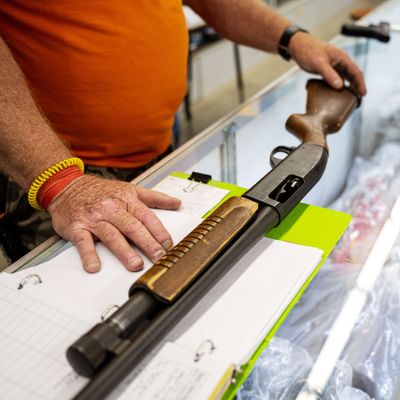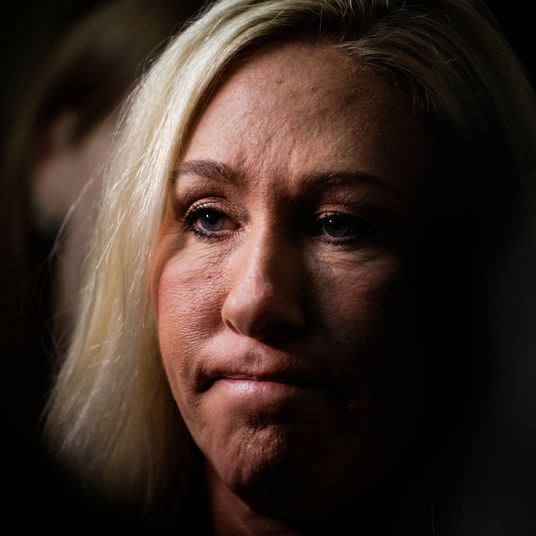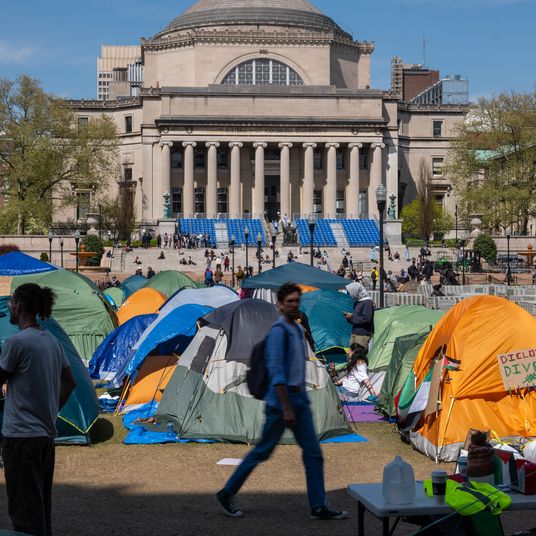
President Biden had just finished his national address on gun violence earlier this month when, more than 1,000 miles away, a man arrived at a church in Ames, Iowa, carrying a Smith & Wesson 9-mm. pistol. Johnathan Whitlatch, a 33-year-old member of the Iowa National Guard, was looking for his ex-girlfriend, Eden Montang. Just days earlier, he’d been arrested and charged with harassment for making repeated unwanted calls to her place of work. It wasn’t the first time Whitlatch’s behavior toward a romantic partner had attracted the attention of the authorities. In 2017, a different ex-girlfriend obtained a protective order against him after he allegedly grabbed her throat and threatened to murder her. In her petition, she wrote that she was especially worried about his access to guns. Five years later, her warning was tragically realized. In the church parking lot, Whitlatch fired on Montang, 22, and her friend Vivian Flores, 21 — both students at Iowa State University — before shooting himself. All three died.
For many Americans, the issue of gun violence is wrapped up in images of horrific mass shootings or random stranger attacks on the subway. Yet what happened in Iowa — a man killing his estranged partner and a bystander before dying by suicide — is a more accurate representation of the country’s crisis. That’s why it’s so notable that the bipartisan gun-reform deal struck in the Senate over the weekend includes a proposal that domestic-violence advocates have pushed for years.
Under federal law, people who have been convicted of misdemeanor domestic violence or who are subject to a final protective order are prohibited from owning or purchasing guns. But the ban only applies to spouses, those who share a child, and co-habitants — not dating partners. That yawning gap in the law is known as the “boyfriend loophole,” and the new gun bill, which looks likely but by no means certain to get through the Senate — could fix it. (Lead Democratic and Republican negotiators continue to haggle over the boyfriend-loophole provision, and it’s possible it will be dropped from the bill altogether.)
The CDC has found that more than half of all female homicides in the U.S. between 2003 and 2014 are related to domestic violence and that the most common weapon used is a gun.
A landmark study by Jacquelyn Campbell found that abusers who have access to firearms are five times more likely to kill their partners.
Research from Susan B. Sorenson, professor of social policy at the University of Pennsylvania, suggests that about half of the intimate-partner homicides in the U.S. are perpetrated by an unmarried partner. “Marriage and dating patterns have changed substantially such that fewer people meet the criteria set out by Congress in the 1990s,” she said. “Closing the ‘boyfriend loophole’ keeps the focus where it belongs — on the bad behavior rather than on the nature of the relationship between the two parties.” Abusers who use guns against their partners is an immense problem that is largely ignored when it comes to the issue of gun violence, she added. “Closing this loophole will make women safer.”
Domestic-violence homicides are far more common than most people think, Aaron J. Kivisto, associate professor of clinical psychology at the University of Indianapolis, told me via email. Based on an analysis of data from the FBI’s Supplemental Homicide Reports for the years 1990 to 2016, Kivisto found that nearly one in three homicides in the U.S. are domestic homicides — a category that include killings by intimate partners, parents, siblings, and other family members. One in six specifically involves the killing of an intimate partner. “I think a lot of people assume that someone is far more likely to be killed by a stranger than an intimate partner, when in fact the numbers don’t really show this,” he said.
In fatal domestic-violence shootings, it is not uncommon for the death toll to include people other than the targeted victim, such as friends, neighbors, bystanders, and police officers. A 2019 paper by Kivisto found that men who use firearms to commit domestic homicide are nearly twice as likely to have at least one additional victim compared to domestic homicides where a gun is not involved. “These findings tell us that the introduction of firearms into domestic conflict not only enhances the risk that an intimate partner will be killed, but it also extends this risk to others,” he said.
Although mass shootings are typically thought of as violent attacks against strangers in public settings like schools or malls, many more occur in the home and are associated with domestic violence. According to an analysis by Everytown for Gun Safety, in at least 53 percent of mass shootings between 2009 and 2020 (defined as any incident in which four or more people are shot and killed, excluding the shooter), the perpetrator shot an intimate partner or family member during their attack. Another study found that in 68 percent of mass shootings, the perpetrator either killed at least one partner or family member or had a history of domestic violence. It follows that additional laws to prevent people who perpetrate domestic violence from purchasing or possessing firearms may decrease the incidence of mass shootings, as Liza Gold, a clinical professor of psychiatry at Georgetown University School of Medicine, wrote in a commentary for the Journal of the American Academy of Psychiatry and the Law.
The new rule comes with plenty of caveats. For one, it only affects those who have been convicted, and few domestic-violence cases get to that stage. Its efficacy will depend on effective and consistent enforcement, which is often lacking when it comes to gun laws. And the Senate bill doesn’t institute universal background checks, so abusive partners who find themselves barred from buying guns at a store could simply visit a gun show or arrange a private sale, where their prior convictions wouldn’t prevent anything.
Still, closing the boyfriend loophole would be a significant step toward protecting victims of domestic abuse as well as the public at large. It wouldn’t just help allay the scourge of domestic gun deaths; it would improve the lives of countless women who experience horrifying but non-lethal violence. Sorenson, the Pennsylvania researcher who studies the intersection of gun violence and domestic abuse, estimated that more than 4 million women in the U.S. have been threatened by a romantic partner with a gun. Over three quarters of a million have been pistol whipped, shot at, or actually shot by their partners. “Women are harmed by armed abusers. Some are killed. Others survive and, like schoolchildren who survive mass shootings, live with the terror,” she said. “There’s so much more to gun violence than the body count.”
Kate Ranta, a domestic-violence victim who was shot by her ex-husband in 2012, said she was cautiously optimistic about the legislation. “I unfortunately know all too well about living in fear of an abusive partner with a gun,” she said. “Guns change everything in a domestic-violence situation.”





























